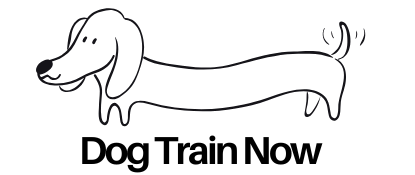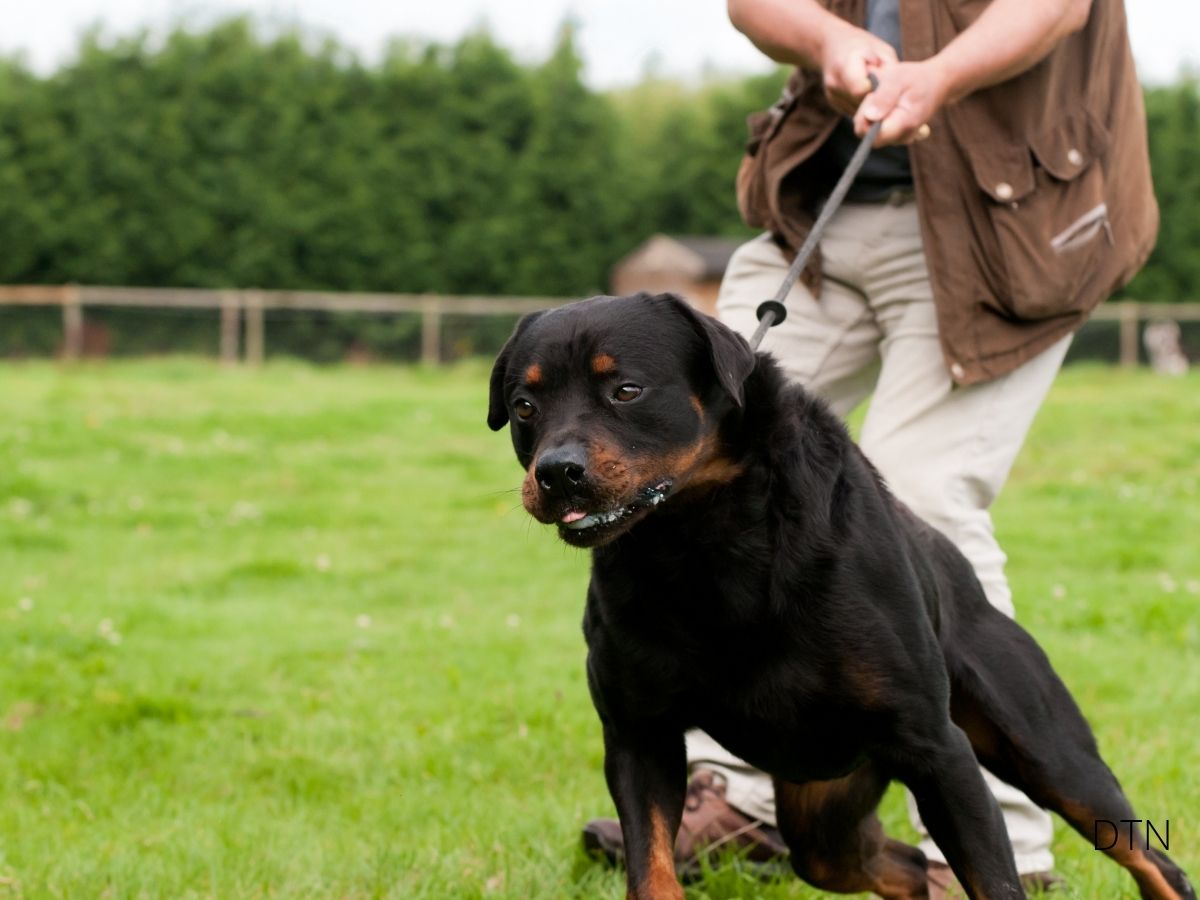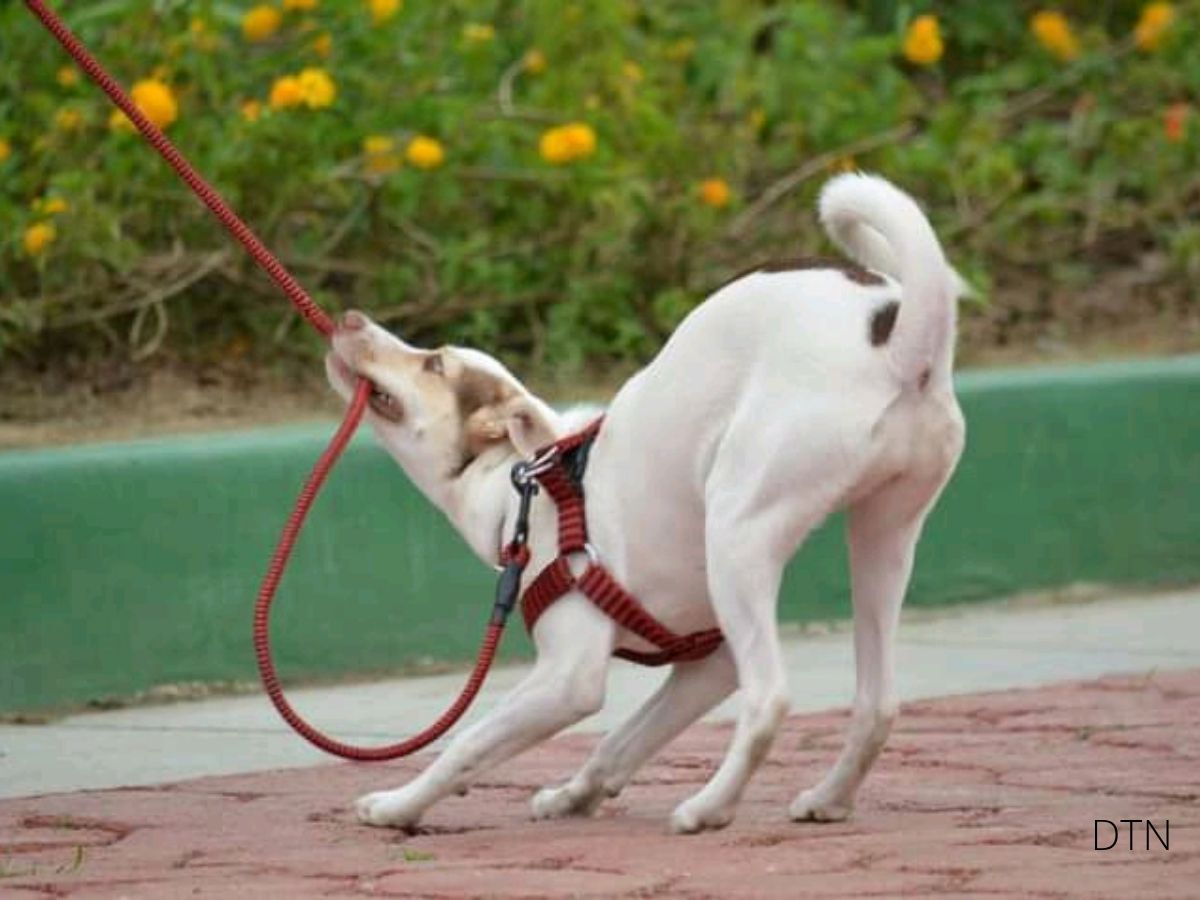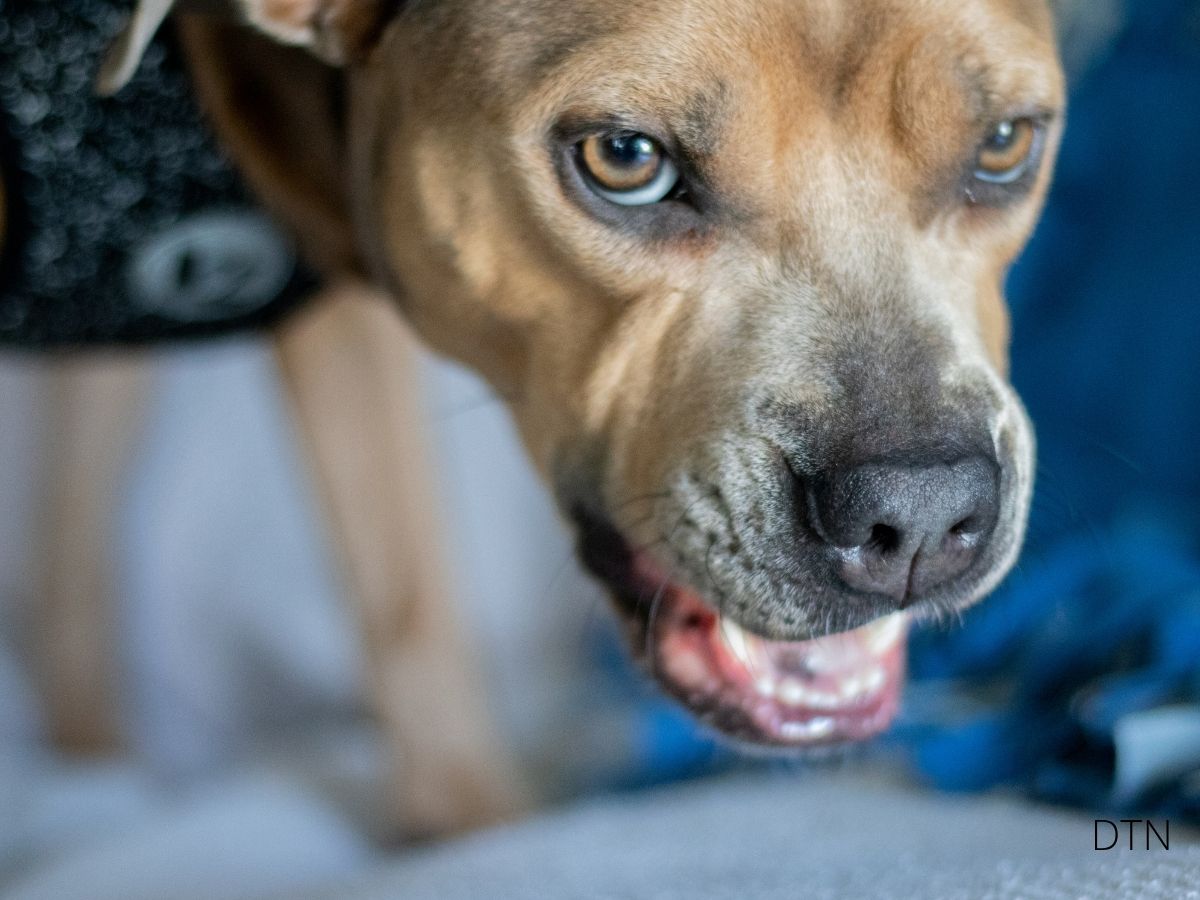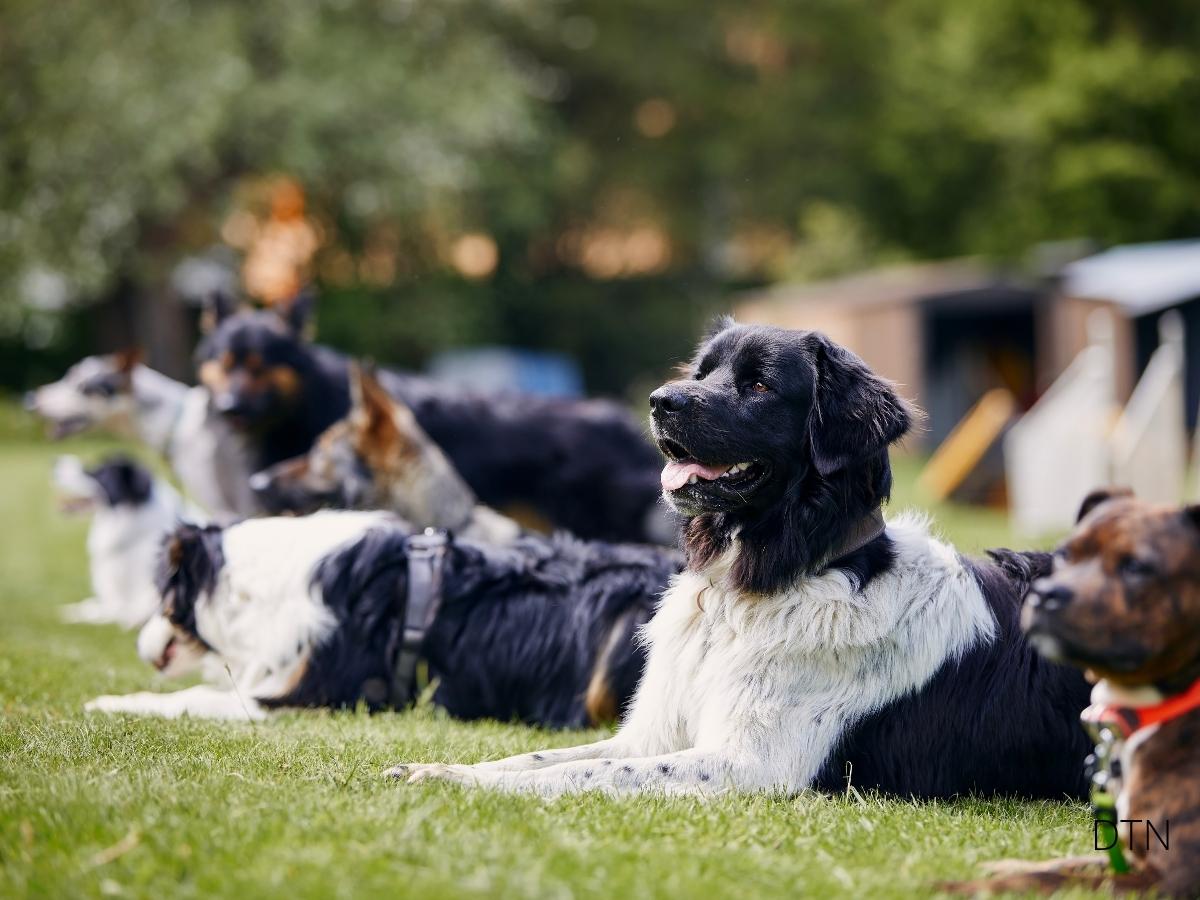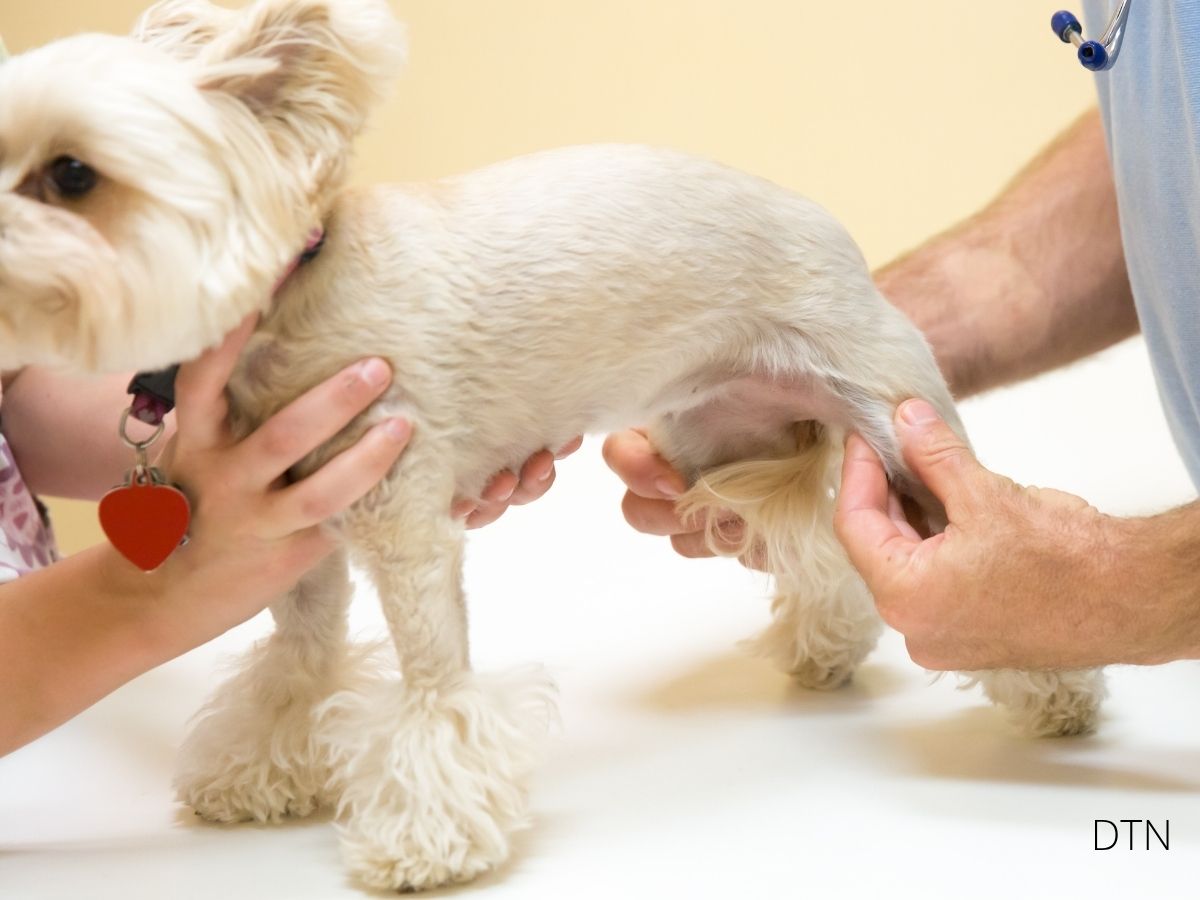That moment when you spot another dog approaching and your heart starts racing – you know what’s coming. The barking, lunging, and complete meltdown that transforms your beloved companion into someone you barely recognize. If you’ve ever crossed the street to avoid triggers or felt the burning shame of judgmental stares, you’re not alone. Let us explore why your furry friend reacts this way and how understanding their inner world can transform your walks from battlegrounds into opportunities for deeper connection.
Understanding the Emotional Storm
Your dog’s explosive reactions aren’t defiance or dominance – they’re complex emotional responses rooted in fear, frustration, or overwhelming arousal. When your Border Collie lunges at bicycles, they’re experiencing an ancestral need to control movement that they cannot fulfill. When your Chihuahua erupts at larger dogs, they’re desperately trying to create distance from what their brain perceives as predators.
The reactive brain in action operates on ancient survival circuits. Your dog’s amygdala – their emotional alarm system – hijacks their entire nervous system before conscious thought can intervene. Within milliseconds, cortisol and adrenaline flood their bloodstream, heart rate skyrockets, and their thinking brain essentially shuts down. In this state, your dog literally cannot “listen” or “be good” – they’re trapped in survival mode.
Reading the warning signs helps you intervene before explosion. Your dog’s stress escalates predictably through these stages:
- Yellow zone signals – Lip licking with no food present, excessive yawning when well-rested, sudden scratching or shaking when dry, looking away from triggers repeatedly
- Orange zone warnings – Dilated pupils in bright light, hackles raising along the spine, rapid panting in cool weather, frozen stillness or hyper-vigilance
- Red zone indicators – Hard staring at triggers, weight shifted forward ready to lunge, low growling or whining, inability to respond to their name or take treats
These aren’t random behaviors; they’re desperate communications from a nervous system approaching overload. Your dog is telling you, “I’m struggling here,” long before the barking begins. 🧠
The Hidden Burden of Modern Life
Modern urban environments present unique challenges that our dogs’ ancestors never faced. Narrow sidewalks force close encounters with strangers, sudden skateboard rattles trigger hunting instincts, and the inability to flee due to leash restrictions creates psychological pressure that amplifies every reaction.
Trigger stacking explains why your dog might handle one passing dog but explode when a cyclist appears moments later. Each stressor depletes their coping reserves until even minor triggers push them over threshold. It’s like filling a stress bucket drop by drop until it suddenly overflows.
Your tension travels down the leash like electricity through wire. When you spot a trigger and tense up – shortened breath, tightened grip, altered pace – your dog immediately reads these changes as confirmation of danger. You think you’re preparing; they think you’re panicking. This creates a feedback loop where your anxiety amplifies theirs and vice versa.
The NeuroBond Revolution: Connection Over Control
Traditional training often focuses on suppressing reactive behaviors through dominance and correction. The NeuroBond approach takes a radically different path – one that honors your dog’s instincts while building a relationship so strong that your dog chooses connection over reaction.
Let your dog be themselves forms the cornerstone of this philosophy. We don’t suppress natural behaviors; we redirect them constructively. Your dog’s instincts aren’t problems to fix but communication tools we can work with. When we allow dogs to be themselves within a framework of trust and clear boundaries, transformation begins.
Building the invisible leash means creating connection so deep that physical restraint becomes almost unnecessary. The essential components of this profound bond include:
- Voluntary check-ins – Your dog naturally looking to you for guidance without commands, seeking eye contact during uncertainty, choosing proximity when given freedom
- Emotional co-regulation – Your calm presence helping them return to baseline after arousal, lending your nervous system as an anchor during storms
- Predictive harmony – Your dog anticipating your movements and adjusting accordingly, reading your intention before you give signals
- Crisis magnetism – In overwhelming moments, your dog’s default becomes moving toward you rather than away, finding safety in your presence over escape
This isn’t built through commands but cultivated through countless moments of genuine connection. Every time your dog glances at you during a walk and you respond with warmth, you’re strengthening an invisible tether of trust. Your dog learns that checking in with you feels better than reacting to triggers.
Behavior as feedback, not failure reframes every reactive episode. When your dog explodes, they’re not being “bad” – they’re communicating about their internal state. Pulling means “I’m overwhelmed.” Barking says “I need more space.” Lunging declares “I don’t know how to handle this.” Once we stop judging and start listening, everything shifts. 🐾
My little dog — a heartbeat at my feet.
– Edith Wharton
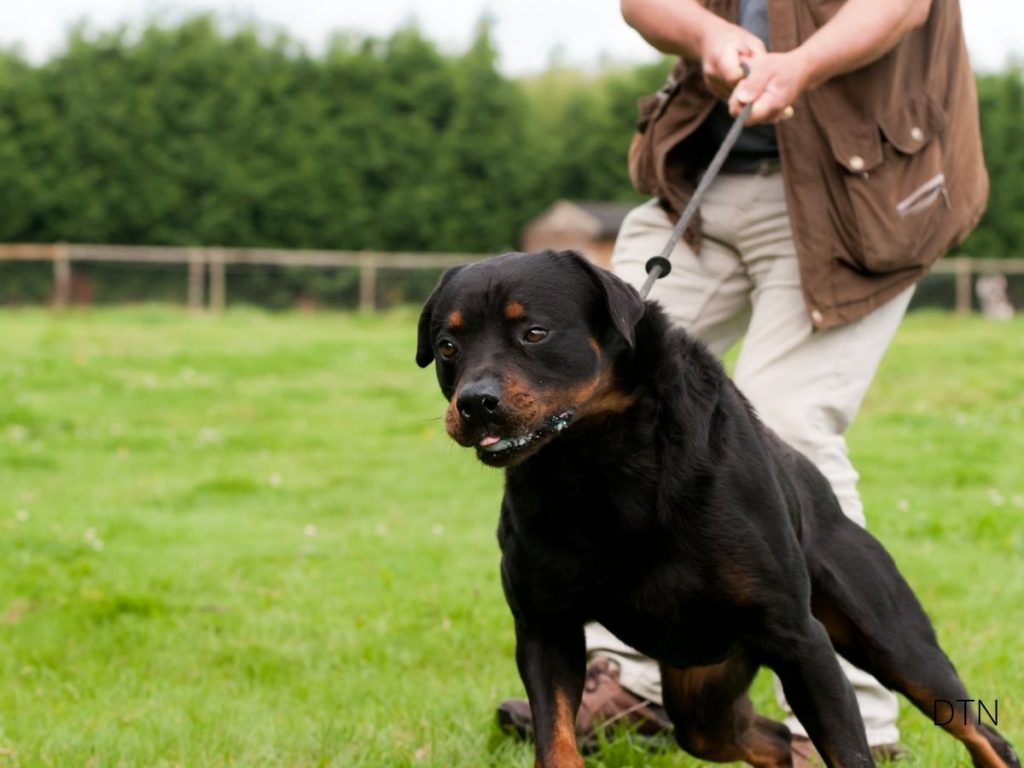
Breed-Specific Wisdom
Understanding your dog’s genetic blueprint provides crucial insights into their particular style of reactivity and the most effective interventions.
Herding breeds like Australian Shepherds experience motion-triggered reactivity that feels like an impossible-to-scratch itch. The NeuroBond approach channels these instincts through “watch” games that allow controlled observation of movement, satisfying their surveillance needs without the chase. We might use herding balls in the backyard or structured play that lets them “manage” movement appropriately.
Guardian breeds like German Shepherds carry the weight of protective responsibility. Their reactivity often stems from feeling solely responsible for security. We build partnership through shared vigilance – teaching “check it out” protocols where they alert you to concerns and you investigate together, showing them you’ve got security handled.
Terriers can shift from calm to explosive in heartbeats when prey drive activates. We respect their independence while building voluntary connection through games that satisfy the hunting sequence safely – “find it” games with toys, flirt pole play that allows appropriate grabbing and shaking.
Toy breeds deserve respect for their very real fears in a giant’s world. We never dismiss their concerns as “cute” but create safe opportunities for choice and control, building confidence through voluntary interaction rather than forced socialization.
Life Stage Considerations
Reactivity manifests differently across your dog’s lifetime, requiring adapted approaches for each developmental stage.
Puppy fear periods (8-11 weeks and 4-6 months) create windows where single scary experiences can establish lifelong reactive patterns. During these times, we prioritize quality over quantity in socialization. Three positive experiences trump thirty overwhelming ones. We build resilience through choice – allowing approach or retreat at will, never forcing interactions that cause stress signals.
Adolescent upheaval (6-18 months) brings hormonal changes that can trigger sudden reactivity in previously confident dogs. Your friendly puppy might suddenly react to other dogs, not from training failure but from normal developmental processes. We maintain consistency while allowing increased autonomy, resisting the urge to “fix” every reactive display.
Senior sensitivities often stem from pain, cognitive changes, or sensory decline. That newly reactive older dog might be protecting arthritic joints or struggling with vision changes that make the world unpredictable. We prioritize comfort and predictability, switching from busy routes to familiar paths, increasing verbal communication to compensate for sensory loss.
Practical Transformation Strategies
Moving from understanding to action requires practical tools that honor your dog’s instincts while building new patterns.
Environmental chess means using your surroundings strategically. That parked car becomes a visual barrier, that driveway an escape route, that quiet side street a decompression zone. You’re not avoiding life; you’re creating conditions for success. Start with walks during quiet hours, gradually adding challenges as confidence builds, always staying just below threshold.
The standing meditation exemplifies instinct-based learning. When your dog pulls, simply stop and stand still. Let the leash teach that pulling doesn’t achieve forward movement. Most dogs naturally sit or lie down to relieve pressure – immediately reward this self-discovered solution. You’re not commanding; you’re creating conditions where your dog finds the answer themselves.
Distance as gift, not defeat reframes space management. When you help your dog maintain comfortable distance from triggers, you’re not “letting them win” – you’re honoring their communication and building trust. Dogs who know you’ll protect their space bubble stop feeling the need to create it through explosion.
Tools that support, not suppress can facilitate progress. Front-clip harnesses naturally encourage thoughtful movement without pain. Long lines in appropriate spaces allow decision-making within safety boundaries. These tools work with your dog’s body and mind rather than against them.
The Neuroscience of Healing
True transformation happens at the neurological level as new neural pathways develop through consistent positive experiences.
Rewiring through repetition means every calm moment builds new brain highways. Each time your dog checks in instead of reacting, those neural connections strengthen. Over time, these new pathways can override old reactive patterns, making connection the default response.
Oxytocin’s healing power flows through every genuine moment of bonding. This “love hormone” lowers cortisol, reduces blood pressure, and promotes deep calm. You’re not just training; you’re providing neurochemical healing through relationship.
Breaking the chronic stress cycle requires addressing the exhaustion of constant vigilance. Dogs living with reactivity exist in perpetual alert, depleting their reserves and making reactions more likely. Through NeuroBond work, we create islands of safety that gradually expand until your dog’s baseline shifts from vigilance to peace.
Your Transformation Journey
This path transforms you as much as your dog. You’ll develop patience you didn’t know existed, creativity in problem-solving, and deep empathy for your dog’s experience.
Progress looks different than expected. Instead of waiting for perfect walks, celebrate these micro-victories that signal real transformation:
- Connection wins – A glance at you before reacting, choosing to move closer when scared, offering a sit without being asked, seeking comfort rather than escalating
- Intensity shifts – Barking for ten seconds instead of thirty, recovering in two minutes instead of ten, needing less distance from triggers, taking treats in previously scary places
- Quality of life markers – Sleeping soundly after walks, showing curiosity not just vigilance, offering play behaviors outdoors, softer body language overall
These tiny moments accumulate into profound change. Document them; they’re evidence of a brain rewiring itself.
From handler to partner means releasing the need to control and embracing collaboration. You become your dog’s translator, advocate, and secure base. This shift from dominance to partnership creates space for genuine healing.
The Promise of Connection
Your reactive dog hasn’t failed you – they’ve brought you to this moment of potential transformation. Through understanding the science behind their struggles and embracing connection over control, you’re embarking on a journey that transcends simple behavior modification.
The invisible leash you’re building isn’t just about walks without explosions. It’s about creating such profound trust that your dog chooses you over their fears, seeks your guidance in uncertainty, and finds peace in your presence. This isn’t achieved through dominance but through countless moments of seeing, understanding, and gently guiding toward growth.
Every reactive dog is asking a question: “Can you help me feel safe in this overwhelming world?” Your answer, lived out through patience, understanding, and commitment to connection, transforms not just walks but your entire relationship. The explosion on today’s walk isn’t the end of the story – it’s the beginning of a deeper understanding that leads to tomorrow’s breakthrough. 🧡
